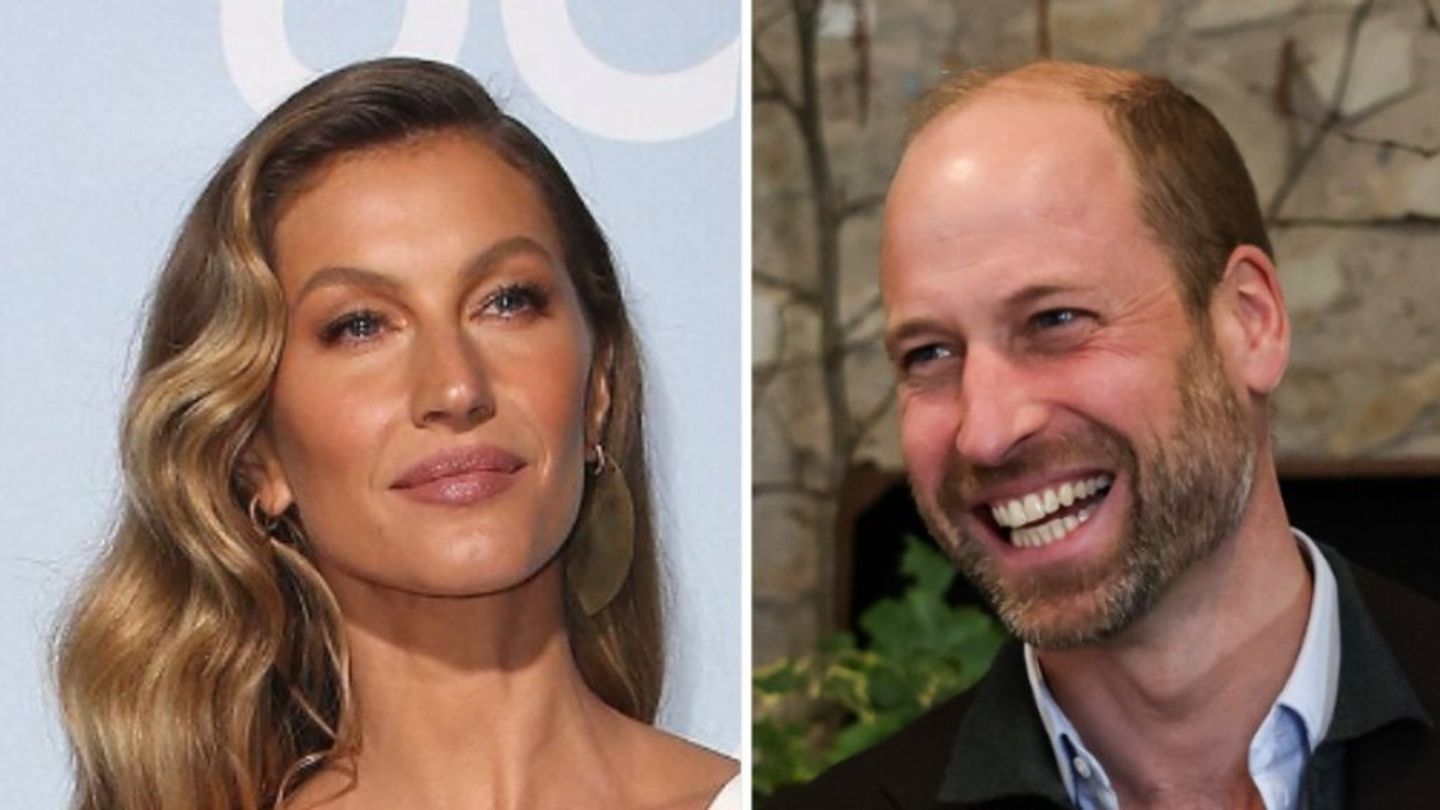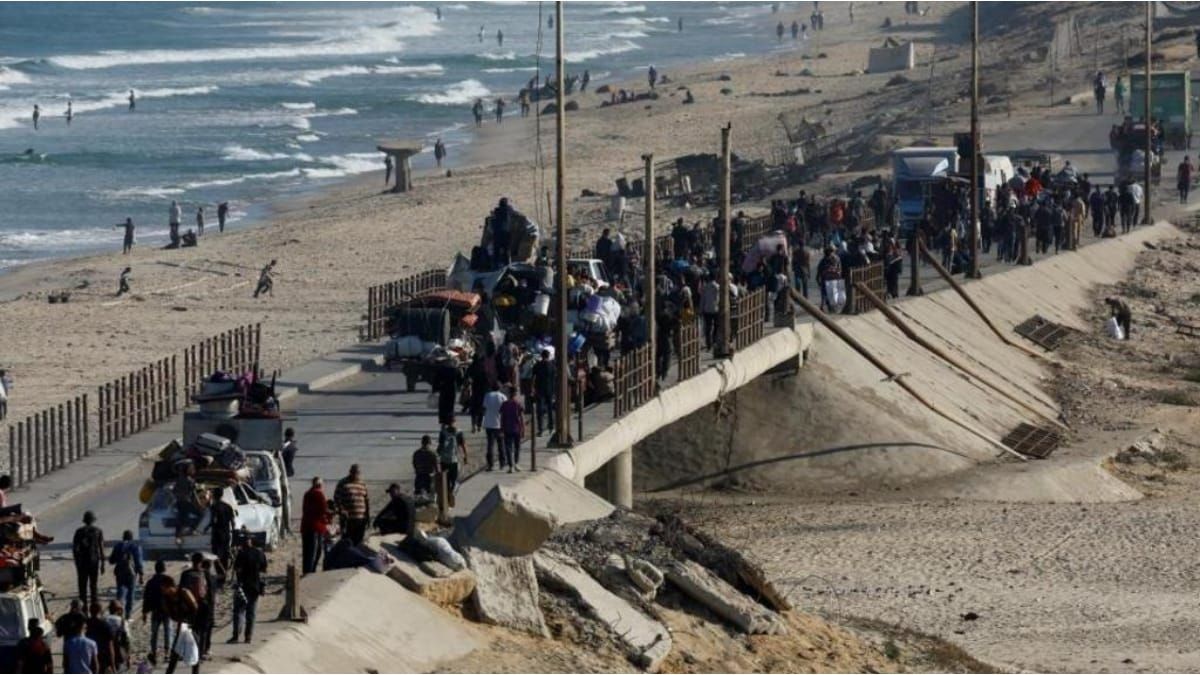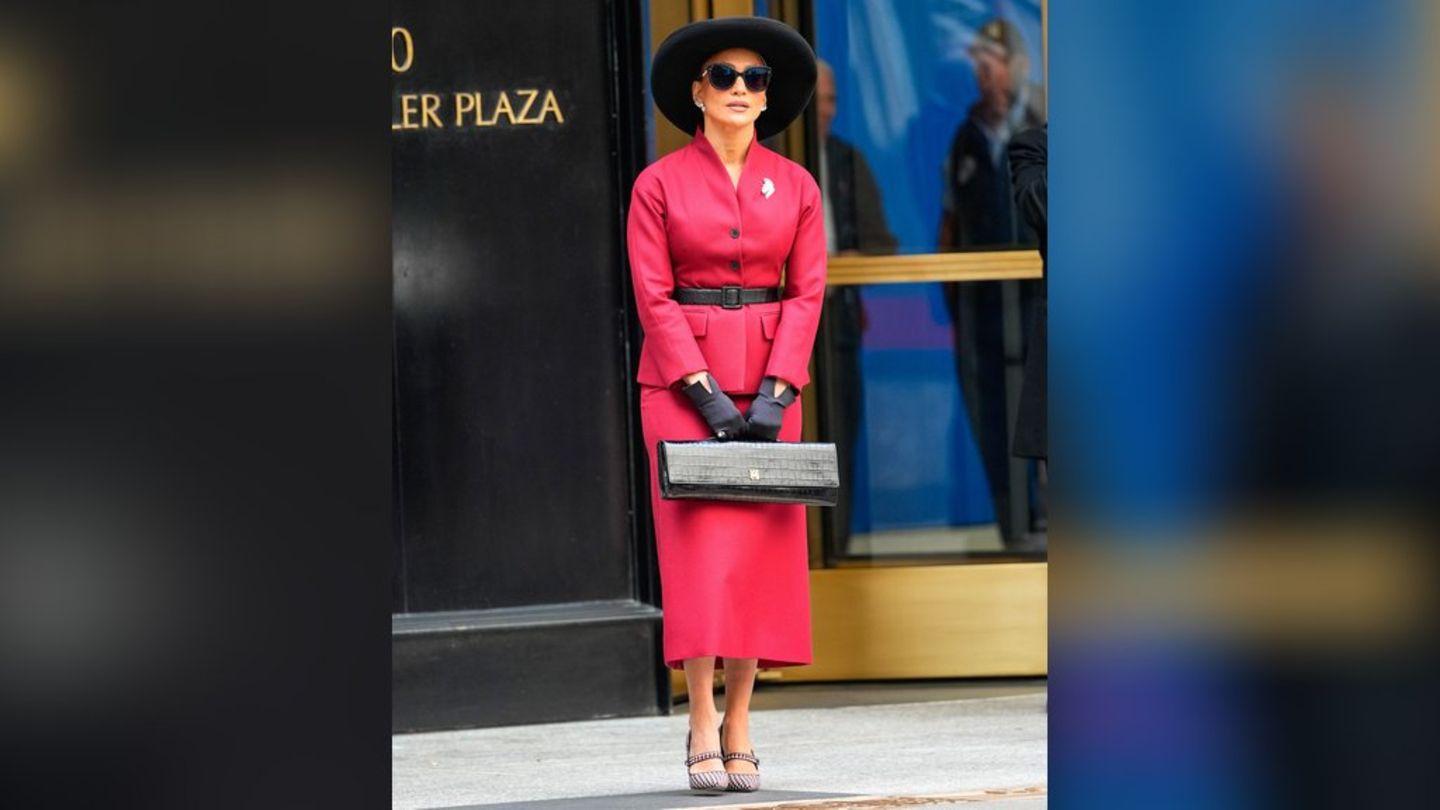Formula 1 will be back in Austria at the weekend, and even if Rainhard Fendrich’s sung prophecy may hopefully not come true, the Austrian Grand Prix will be a very special TV event. While in Germany driving at high speed in a circle can only be consumed via the pay-TV channel Sky, in Austria the Salzburg private channel Servus TV and the ORF are racing for the ratings – and that on free TV.
This year, Servus TV broke the ORF’s pole position in Formula 1, which it had held since 1970, and shares the broadcasting rights with the public broadcaster. The two TV providers alternate with the broadcasts – both broadcast from Spielberg. And live for 20 hours at a time. It’s nine hours on Sunday alone.
Servus TV quickly caught up with ORF in terms of quality and audience interest. The station, financed with Red Bull money, benefits from the large family of fans in Austria. “We made a cold start for which we don’t have to be embarrassed. But I am of the opinion that nobody watches Formula 1 for the sake of a broadcaster, but because of Formula 1,” says Andreas Grbl, who works for the Salzburg broadcaster commented on the Grand Prix (GP) to ex-Formula 1 driver Nico Hlkenberg on Sunday, 3 p.m.
Quota and water level
His colleague Ernst Hausleitner from ORF comments on the performance of the competition: “I am not at all surprised by the good number of viewers on Servus TV. It has to do with the tradition of Formula 1 in Austria. We have a very knowledgeable audience that I am proud of. And now, Servus benefits from that too. “
The comparison of the previous odds confirms both theories. The ORF broadcast three races of the season and thus reached an average of 697,000 people. Servus TV has shown five races so far, the quota is 622,000 people. Whereby comparing the odds is literally like a water level report: “If you have bathing weather on a Sunday afternoon, then you are missing one to two hundred thousand spectators,” says Andreas Grbl. Yes, that’s right: the season record at the GP of Emilia-Romagna (broadcast by ORF) is 795,000 viewers. It had rained outside that day, at ten degrees. In return, there were only 523,000 at the French GP on June 20 via Servus TV. Many preferred to roast in the sun at 36 degrees.
Almost half of them watch Formula 1
The hard currency, the market share, is stable at around 43 percent. That means: Almost half of those who sit in front of the telly on Sunday afternoons watch Formula 1.
The personnel costs are enormous at the weekend for both channels. Servus TV has eight employees in front of the camera or behind the microphone, while ORF has seven. No wonder, as the supporting program will also be broadcast in addition to training sessions and races. There are also personality stories and interviews, for example with Lewis Hamilton and Toto Wolff, or a home story with Bernie Ecclestone (Servus TV).
more on the subject

Hello objectivity?
It is often assumed that the Salzburg broadcaster cannot or should not be objective because of the constellation – Red Bull boss Dietrich Mateschitz pays the Formula 1 teams Red Bull and Alpha Tauri and the broadcaster. Andreas Grbl: “There was never an announcement that we had to be nice to Red Bull. I would never pay homage to Red Bull and give up my journalistic integrity for it. But you can with Max Verstappen (Red Bull driver, note), who is currently in an incredibly good mood, do not say without emotion: Yes, he is there too. “
Ultimately, it is expected that the ORF will decide the quota race for itself. Because Servus TV as a private broadcaster shows more advertising and thus provides switching impulses and the practicing Formula 1 fan is also a creature of habit and has been socialized via ORF. Whatever the case, ratings are high for both channels because the weather forecast for Sunday is mixed.
David William is a talented author who has made a name for himself in the world of writing. He is a professional author who writes on a wide range of topics, from general interest to opinion news. David is currently working as a writer at 24 hours worlds where he brings his unique perspective and in-depth research to his articles, making them both informative and engaging.



